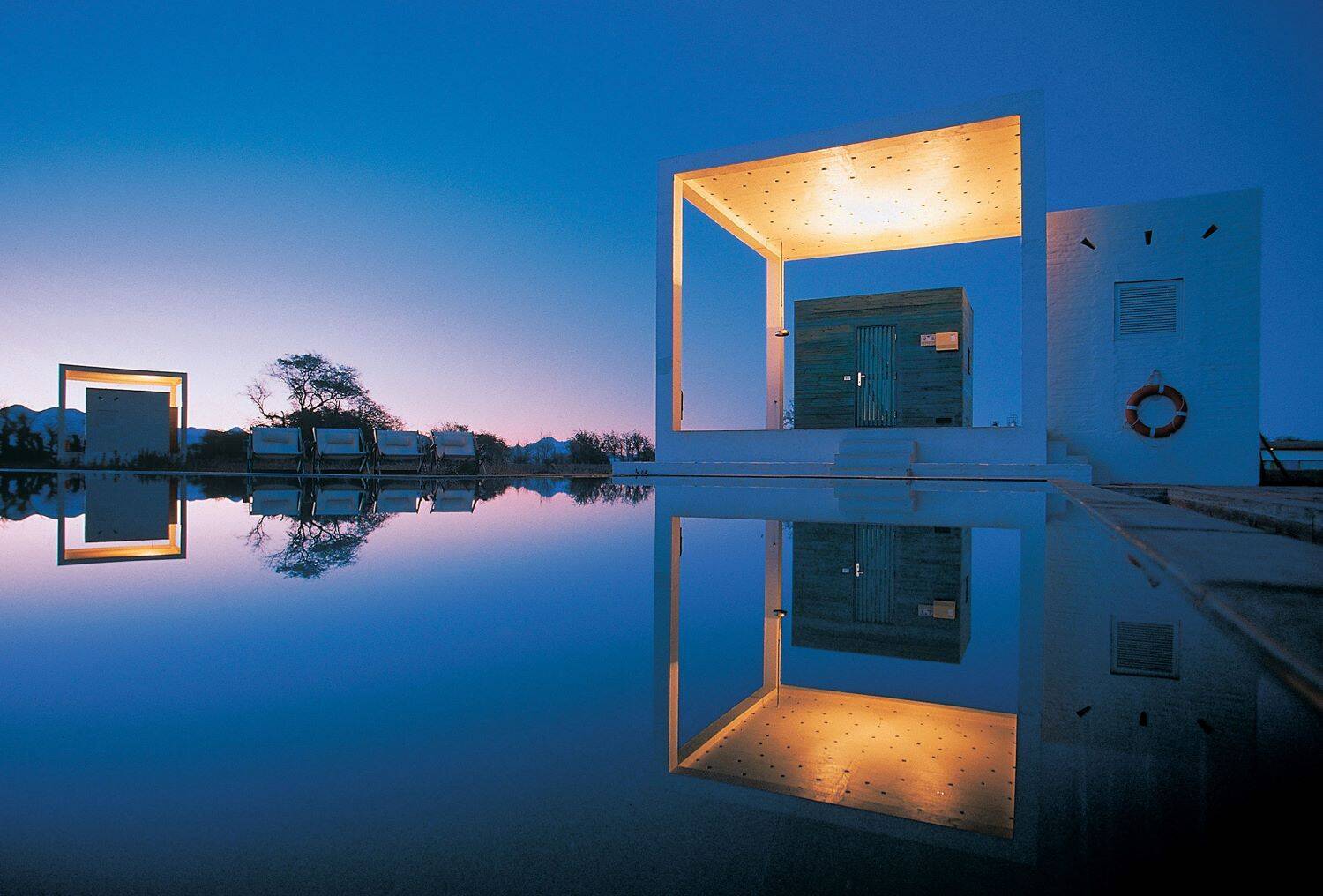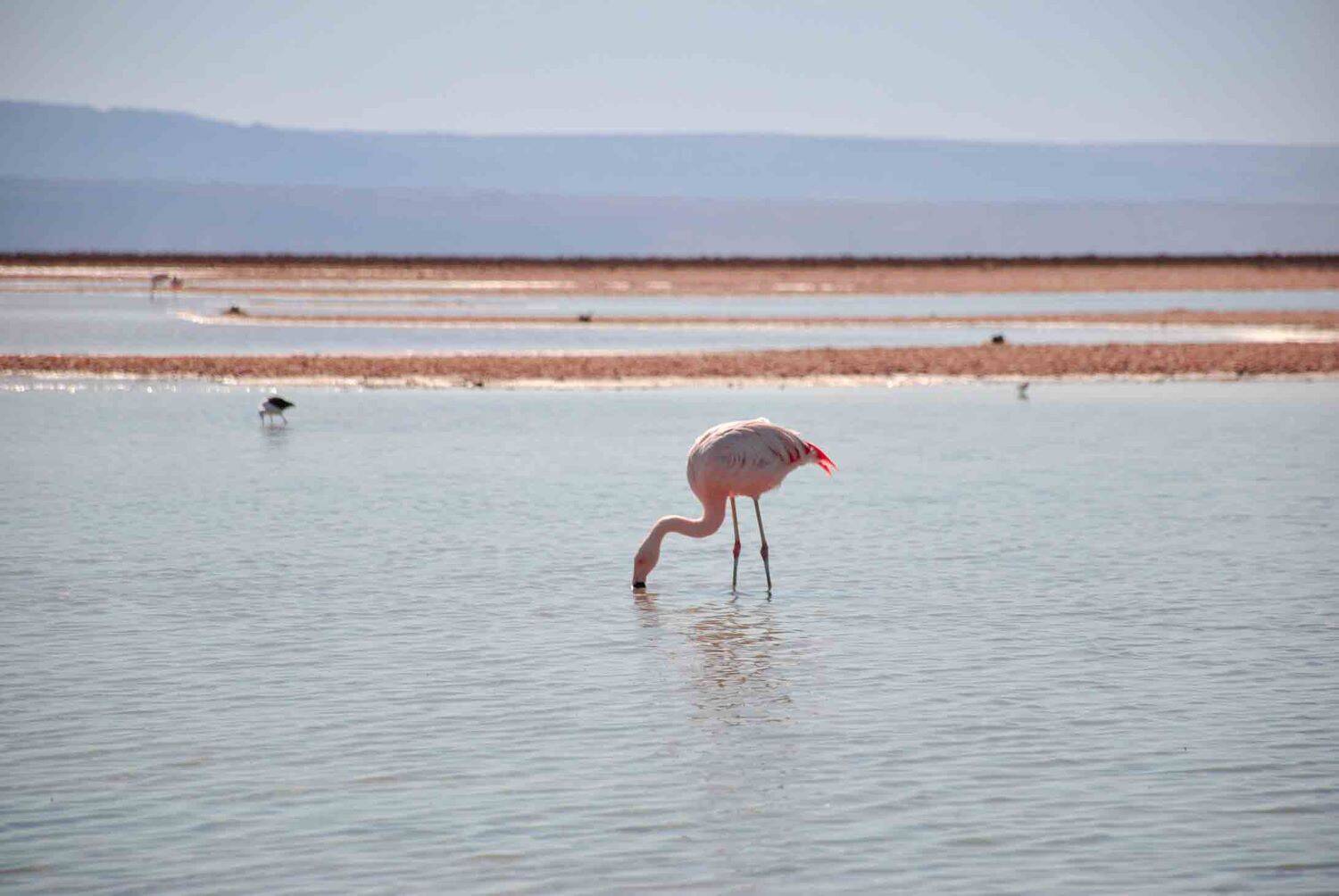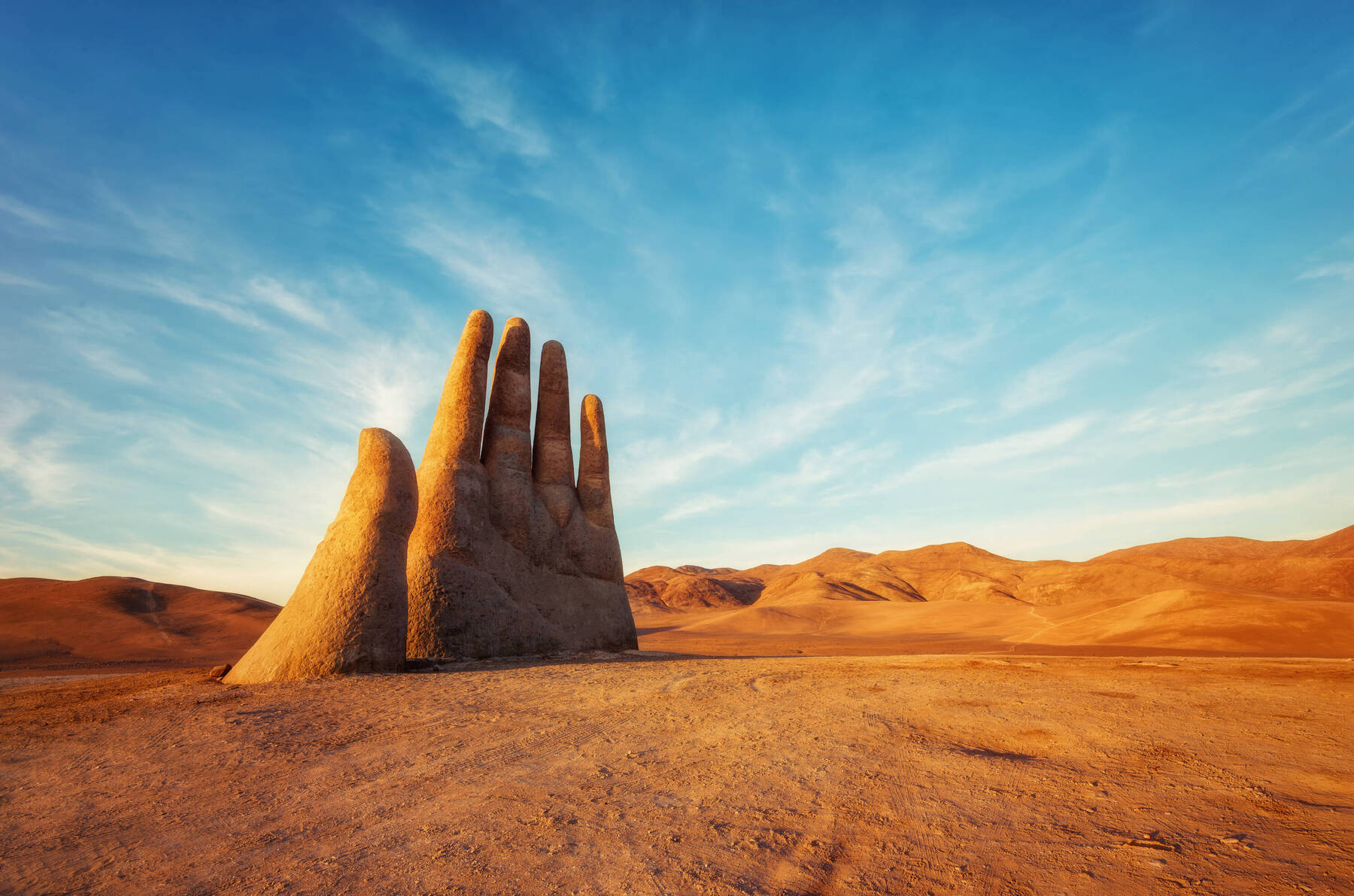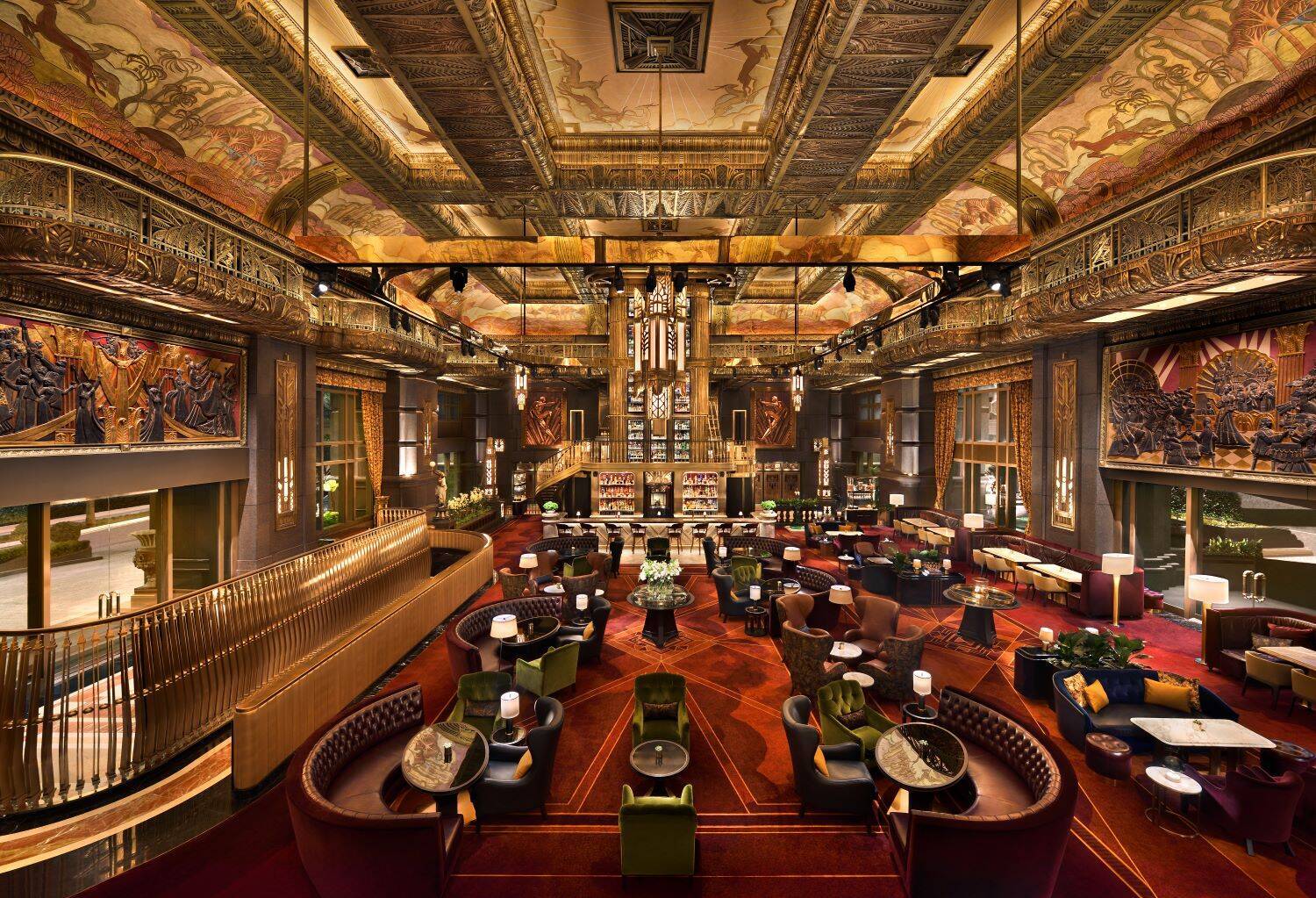San Pedro
This laid-back, 17th-century village brims with shops, restaurants, tour guides, a market, and the fascinating Archaeological Museum, founded by Belgian priest Gustavo Le Paige in 1963. Pre-Columbian pieces include ceramics, Andean textiles, skulls, gold masks, and carved bone pipes to inhale all the hallucinogens traded by Atacamenian tribes.
Those psychoactive agents must have been potent, judging by the depictions of human hybrids with avian or feline characters engraved on gold and copper artefacts.
These belonged to Lake Titicaca’s Bolivian Tiwanaku tribe that ruled the region from AD400 to AD1000. The Sacrificer ‒ axe in one hand, severed head in the other ‒ was another popular motif. Death likely came quickly but not so much for the sacrificial Peruvian Inca children buried alive to appease the sun god.
Spanish invaders introduced wheat, beans, horses, and Catholicism in the 16th century and today San Pedro’s inhabitants survive on tourism.
Sprawled across 17 hectares of the Ayllu de Larache plain, once home to an Atacameño community, Explora Atacama’s open-plan eco-lodge overlooks the Licancabúr Volcano that emits occasional puffs of contemplative steam. Locals in masks and costumes perform traditional death dances in the quincho (boma) and sleek horses are available for outrides. You’ll be tempted to chill at one of their four pools with brief forays into the steam room and sauna, but a monsoon shower in your room after sand-boarding down curvaceous, hot-tempered dunes is equally rewarding.
At the Ahlarkapin Observatory, astronomer guides use laser pointers to walk visitors through the pristine night sky. Marvel at the Milky Way through a powerful telescope that also reveals the glittering red, blue, and white stars of the Jewel Box, Saturn’s ring, and three of its 60 moons. Thrilling!









Comments